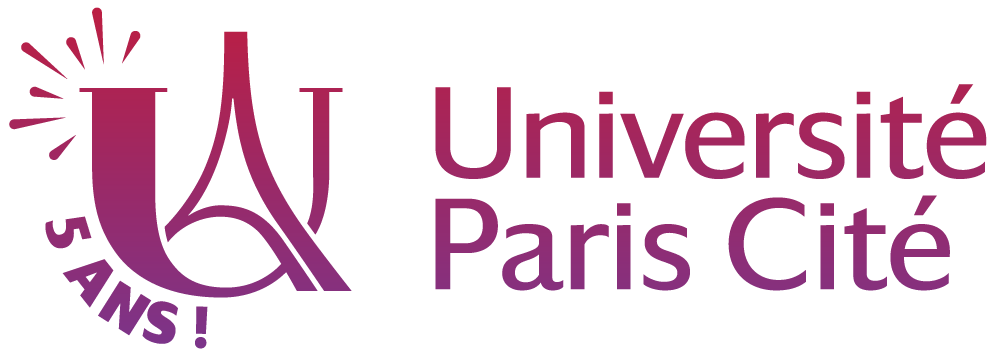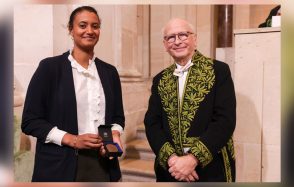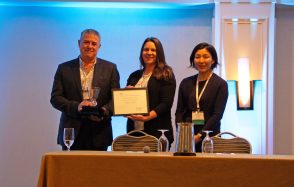A giant planetary embryo revealed by inclusions in meteorite diamonds
A study by EPFL researchers, in partnership with IPGP, BGI and IUEM, of diamond samples found in a ureilite-type meteorite shows that their formation can only be explained if the original body was a planetary embryo between the size of Mercury and Mars. The article is published in Nature Communications.

Publication date: 02/05/2018
General public, Press, Research
Related teams :
Cosmochemistry, Astrophysics and Experimental Geophysics (CAGE)
Related themes : Origins









